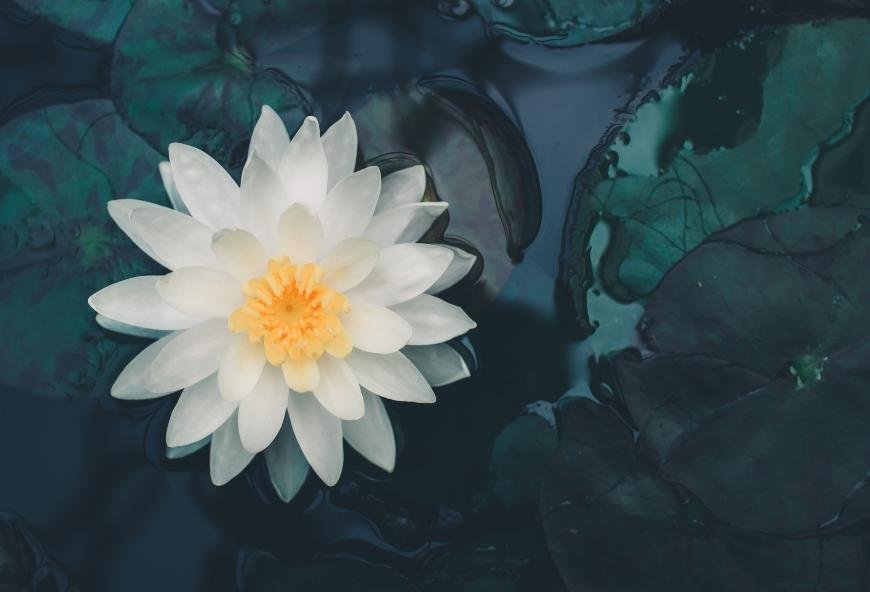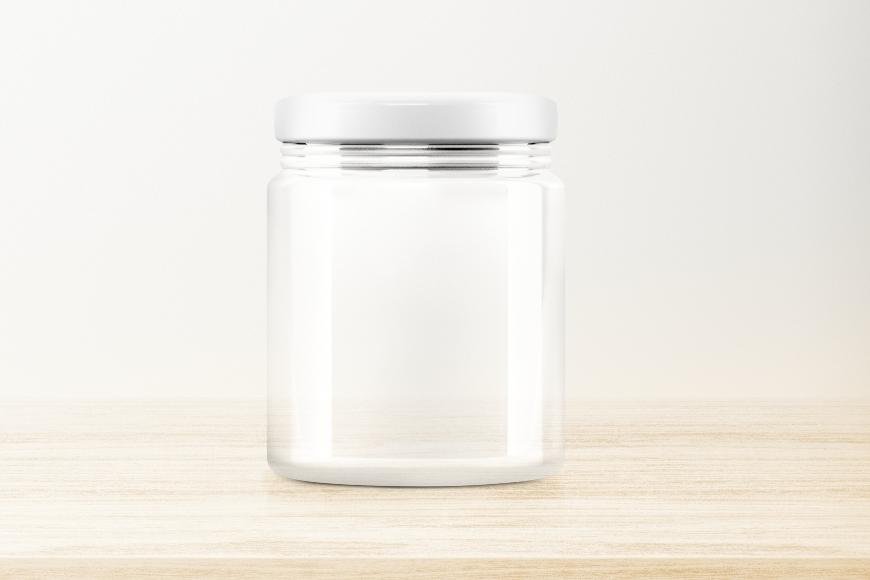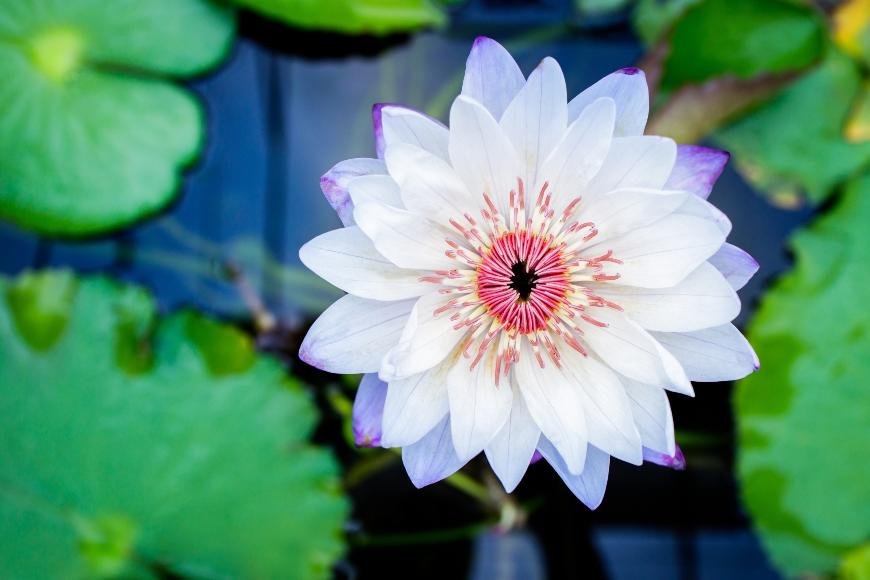How to extract White Lotus
Learn how to extract white lotus with our comprehensive guide, offering step-by-step instructions and tips for the best results.

Learning how to extract white lotus can be a fascinating and rewarding experience for those interested in exploring the potential benefits of this sacred plant. As you delve deeper into this guide, you'll uncover valuable intel on the extraction process, ensuring that your efforts yield the highest quality product possible.
The following sections will provide insight into what exactly white lotus is and why it's worth extracting. You'll find out the apparatus necessary for a successful extraction, as well as an in-depth look at the whole procedure. Additionally, we'll cover proper storage techniques to preserve your extracted white lotus and common mistakes to avoid during extraction.
By understanding how to extract white lotus effectively, you're not only unlocking its full potential but also embarking on an exciting journey towards self-discovery and experimentation with this ancient botanical treasure.
Table of Contents:
- What is White Lotus?
- Why Extract White Lotus?
- What You Need to Extract White Lotus
- Step-by-Step Process for Extracting White Lotus
- Storing Your Extracted White Lotus
- Common Mistakes When Extracting White Lotus
- FAQs in Relation to How to Extract White Lotus
- Conclusion
What is White Lotus?
The White Lotus, also known as the Sacred Lily of the Nile, is a water lily native to East Africa and Southeast Asia. Nymphaea caerulea, commonly known as White Lotus, has been used for its psychoactive properties for centuries due to the alkaloids nuciferine and aporphine it contains. The plant contains alkaloids such as nuciferine and aporphine, which are responsible for its mild sedative effects.
Historically, white lotus was used by ancient Egyptians in religious ceremonies due to its ability to induce lucid dreaming and spiritual experiences. In modern times, this beautiful blue flower has gained popularity among recreational drug users who appreciate its calming effects on both mind and body.
Why Extract White Lotus?
Extracting white lotus allows you to harness the full potential of this fascinating plant while preserving its active compounds more effectively than other methods like smoking or brewing tea. By creating an extract from white lotus petals or leaves, you can:
- Increase potency: Concentrating the active ingredients results in a stronger effect with less material needed.
- Prolong shelf life: Properly stored extracts have a longer shelf life compared to dried flowers or leaves that may lose their potency over time.
- Versatility: You can use your extracted white lotus in various ways - mix it into drinks, add it to food recipes or even apply topically as part of your skincare routine.
Making your own extract at home gives you control over quality assurance while saving money compared to purchasing pre-made products online or in stores. Plus, it's a fun and rewarding process that allows you to connect more deeply with this ancient plant.
White Lotus is a powerful extract that has been used for centuries in traditional medicine and spiritual practices. Extracting White Lotus can bring about profound physical, mental, and emotional benefits - making it an ideal choice to explore the potential of this ancient plant. Let's take a closer look at why extracting White Lotus may be beneficial.
What You Need to Extract White Lotus

Gather all the necessary materials and equipment prior to beginning the extraction process for optimal efficiency. Having everything prepared beforehand will make the process smoother and more efficient. Here's a list of what you'll need:
- Dried white lotus flowers: The first step is obtaining high-quality dried white lotus flowers. Make sure they are completely dry, as moisture can affect the extraction.
- A solvent: Ethanol or isopropyl alcohol (90%+ purity) works best for extracting white lotus intel. These solvents effectively dissolve alkaloids in the plant material while leaving behind unwanted impurities.
- Glass jars with lids: You'll need two glass jars - one for soaking your plant material in solvent and another for filtering out solids after extraction.
- Cheesecloth or coffee filters: To separate solid plant matter from liquid extract, use cheesecloth or coffee filters during filtration.
- Rubber gloves and safety goggles: It's crucial to protect yourself when working with chemicals like ethanol or isopropyl alcohol since they can be harmful if ingested or come into contact with skin/eyes.
- Fan and well-ventilated area: To evaporate off excess solvent safely without risking combustion, ensure proper ventilation by using a fan in an open space away from any flames/sparks/sources of ignition.
- A shallow dish: A clean ceramic/glass dish should be used to collect your final extracted product once all solvents have evaporated.
With all the necessary materials in hand, you're now ready to extract white lotus intel and experience its unique effects. In the next section, we'll guide you through a step-by-step process for extracting white lotus faction.
To extract white lotus, you need the right tools and materials to ensure a successful extraction. Once the necessary items have been collected, it is time to commence with the procedure for removing white lotus.
Step-by-Step Process for Extracting White Lotus
If you're ready to dive into the world of white lotus extraction, follow this detailed guide to ensure a successful and potent result. Remember that patience is key when working with plant extracts.
1. Gather Your Materials
To begin your extraction process, gather the following materials:
- Dried white lotus flowers or leaves
- A glass jar with a tight-fitting lid (e.g., Mason jar)
- High-proof food-grade alcohol (95% ethanol)
- Cheesecloth or fine mesh strainer
- Gloves and safety goggles for protection
2. Prepare the Plant Material
Start by grinding your dried white lotus flowers or leaves using a grinder or mortar and pestle until they reach a coarse consistency. This will increase surface area exposure during extraction.
3. Combine Ingredients in Jar
Pour your ground plant material into the glass jar, filling it about halfway full. Next, add enough high-proof alcohol to completely cover the plant matter - typically at least twice as much liquid volume as solid material.
Note:
You can use other solvents like glycerin if desired; however, alcohol yields more efficient results.
4. Soak and Shake
Close your container tightly and store it in a cool, dark place for two weeks. During this time, shake it gently every day to help release the active compounds into the alcohol.
5. Strain and Filter
After two weeks, put on your gloves and safety goggles. Then, place a cheesecloth or fine mesh strainer over another clean jar and carefully pour your mixture through it. This will separate the plant material from the liquid extract.
Optional: Repeat Extraction Process
If you want an even more potent white lotus extract, repeat steps 2-4 with fresh solvent using the strained plant matter. Combine both extractions for maximum potency.
6. Store Properly
Store your white lotus extract in a dark, cool place in an airtight container. It should last for several months if stored properly.
Now that you've successfully extracted white lotus, you can enjoy its benefits.
To ensure a successful and safe extraction of white lotus, one should adhere to the outlined steps in the procedure. Now let's move on to storing your extracted white lotus so it remains fresh and potent for as long as possible.
Storing Your Extracted White Lotus
Proper storage of your white lotus extract is crucial to maintain its potency and freshness. To ensure the potency and freshness of your white lotus extract, we will discuss the best practices for storage including container selection, temperature conditions, and other factors that may affect quality.
Selecting an Appropriate Container
The first step in storing your white lotus extract is choosing a suitable container. Ideally, you should use dark amber glass jars, as they protect the contents from harmful UV light which can degrade the active compounds over time. Ensure that the container has a secure closure to stop moisture or foreign substances from entering.
Maintaining Optimal Temperature Conditions
Temperature plays a significant role in preserving the integrity of your white lotus extract. For optimal preservation, store your white lotus extract in a cool and dark area far from direct sunlight or heat sources. A cupboard or cabinet located in a low-traffic area would be perfect for this purpose.
Avoiding Moisture Exposure
Moisture can significantly impact the quality of your stored extracts by promoting mold growth and reducing potency. To avoid moisture exposure:
- Ensure that all equipment used during extraction is thoroughly dried before storage.
- Avoid opening containers frequently; only open when necessary to minimize air exchange with humid environments.
- If possible, use desiccant packets inside storage containers to absorb any residual moisture present within them.
Tips for Long-Term Storage
- Label your containers with the date of extraction and type of extract to avoid confusion.
- If you plan on storing your white lotus extract for an extended period, consider vacuum sealing it in a food-grade plastic bag before placing it inside the amber glass jar. This will help prevent oxidation and extend its shelf life.
By following these guidelines, you can ensure that your extracted white lotus remains potent and fresh for as long as possible, allowing you to enjoy its benefits whenever desired.
Properly storing your extracted White Lotus is essential for its preservation and longevity. Thus, avoiding common missteps during the extraction of White Lotus is key to optimizing its preservation and lifespan.
Common Mistakes When Extracting White Lotus

Extracting white lotus can be a rewarding experience, but it's essential to avoid common mistakes that could compromise the quality of your extract. In this section, we'll discuss some typical errors and provide tips on how to prevent them.
1. Using Poor-Quality Plant Material
The quality of your white lotus extract is inextricably linked to the freshness and purity of the Nymphaea caerulea used. Make sure you're using fresh, healthy Nymphaea caerulea, free from mold or other contaminants.
2. Insufficient Drying Time
Drying your white lotus flowers properly before extraction is crucial for obtaining a potent product. Rushing this process can result in incomplete drying and lead to mold growth during storage. To avoid this mistake, allow ample time for drying in a well-ventilated area away from direct sunlight.
3. Overheating During Extraction Process
Maintaining an appropriate temperature during extraction is vital for preserving active compounds within the plant material without damaging them due to excessive heat exposure. Keep temperatures low when utilizing solvents such as ethanol or naphtha; generally around 40°C (104°F) should be sufficient.
Tips:
- If possible, use a digital thermometer with an alarm function set at your desired temperature range as a safety measure against overheating.
- Avoid open flames when working with flammable solvents; instead opt for electric heating sources.
4. Inadequate Filtration
Failing to filter your extract properly can result in unwanted plant material and impurities remaining in the final product. Use a fine mesh strainer or coffee filters to ensure a clean, pure extract.
5. Improper Storage of Extracted White Lotus
Storing your white lotus extract correctly is essential for maintaining its potency and preventing spoilage. Keep it in an air-tight container away from direct sunlight, heat, and moisture. Glass containers with tight-fitting lids are ideal for this purpose.
Avoiding these common mistakes will help you create high-quality white lotus extracts that can be enjoyed safely and effectively.
FAQs in Relation to How to Extract White Lotus
How to Extract White Lotus
If you're interested in the benefits of white lotus, you may want to extract its active compounds. Here's a step-by-step guide on how to extract white lotus:
- Harvest the white lotus flowers and leaves.
- Dry the flowers and leaves in a cool, dark place for several days.
- Grind the dried flowers and leaves into a fine powder.
- Mix the powder with a solvent such as ethanol or acetone.
- Let the mixture sit for several hours, stirring occasionally.
- Filter the mixture to remove any solid particles.
- Evaporate the solvent from the filtered liquid.
- Collect the remaining white lotus extract.
White lotus extract can be used in various forms, including teas, tinctures, and capsules. It's important to note that white lotus extract may have side effects and interactions with certain medications, so it's best to consult with a healthcare professional before use.
Conclusion
White lotus is a fragrant, potent flower which can be used to make multiple concoctions. In this guide, we cover everything you need to know about extracting white lotus, including the equipment required, step-by-step instructions for extraction, and common mistakes to avoid.
With this knowledge in hand, you can now experiment with creating your own white lotus extracts and discovering the unique properties of this powerful plant.




































































































































